Ever wonder, “When is Milky Way Season?” Fret not. I’m here to enlighten you on when the Milky Way season takes place and how you can make the most of this cosmic opportunity. The Milky Way, our galaxy, offers a breathtaking sight, and knowing when and where to look for can make a big difference in your stargazing experience.
Milky Way season generally occurs between February and October, with optimal viewing times usually between 00:00 and 5:00 on nights with a new moon. However, this can vary depending on your hemisphere, latitude, and moon phase.
As the season progresses, you’ll have better chances to spot the Milky Way more readily, especially during the late summer months of July and August in the Northern Hemisphere.
In a nutshell:
- Milky Way season typically runs from February to October, with optimal viewing times between midnight and 5 AM.
- Factors like hemisphere, latitude, and moon phase can impact visibility.
- Late summer in the Northern Hemisphere offers some of the best opportunities to view the Milky Way.
In this article, you get
Tips and tricks for maximizing your Milky Way Core viewing
A quick look at some of the best places for observing the Milky Way galaxy
Answers to frequently asked questions, like Milky Way rise time
By the end of this article, you’ll have the info you need to know about the best time to see the Milky Way.
Let’s dive right in.
Recommended For You
Fundamentals: When is Milky Way Season?

Season Overview
The Milky Way season typically lasts from February to October, with the most visible times occurring between 00:00 and 5:00, particularly on new moon nights. As the seasons progress, the optimal viewing time of the Milky Way’s galactic core shifts:
- Spring (March- May): The galactic core rises during the early hours of the night, around 3-4 AM.
- Summer (June-August): In July, the Milky Way will already be visible when the sky gets dark, reaching its highest point around midnight in the southern sky.
- Fall (September-October): The Milky Way remains visible during these months but starts setting earlier each night.
South vs. North Considerations
Where you are on Earth greatly influences your view of the Milky Way. Here’s a handy breakdown of what to expect in the Northern and Southern hemispheres:
- Northern Hemisphere: From mid-March to October, you’ll have the best opportunities to see the Milky Way. The galactic center can be seen more easily in southern latitudes, so travel south for a better view.
- Southern Hemisphere: The visibility of the Milky Way’s galactic core is even better in the Southern Hemisphere, with a more extended viewing season and better views of the galactic core. However, the visibility will still vary depending on your latitude and time of year.
To make the most of your stargazing experience, try following these tips:
- Choose a dark sky location away from artificial light
- Check the moon phase and choose a night with a new moon or a thin crescent
- Familiarize yourself with the monthly rise and set times for the Milky Way in your area
- Bring a comfortable chair or blanket to lay on while you enjoy the view!
As you explore the Milky Way season, keep these fundamentals in mind and be prepared to adjust your viewing habits based on your location and the time of year.
FREE STARGAZING CHECKLIST
My 5-page Stargazing Checklist will enhance your astronomical observations.
Follow this free checklist to navigate the night sky with confidence, clarity, and a sense of preparedness for a rewarding stargazing experience.

Best Time and Location to Photograph the Milky Way
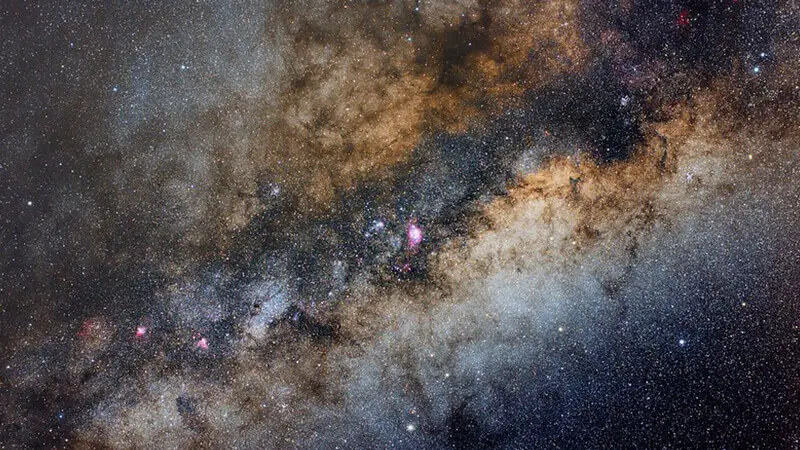
Ideal Weather Conditions
To capture stunning photos of the Milky Way, you should aim for nights with clear skies and minimal humidity. Choosing nights around the new moon will help avoid any interference from the moon’s brightness.
Importance of Light Pollution
Avoiding light pollution is also vital for capturing the Milky Way. Large cities emit much artificial light, making it harder to see the stars. Thus, finding remote, dark locations away from urban areas will significantly improve your photography.
Here are a few tips to help you find the perfect spot:
- Use websites or apps to find dark-sky locations near you.
- Head towards national parks or nature reserves.
- Scout your location during the day to find interesting foreground elements.
Top Locations for Dark Skies
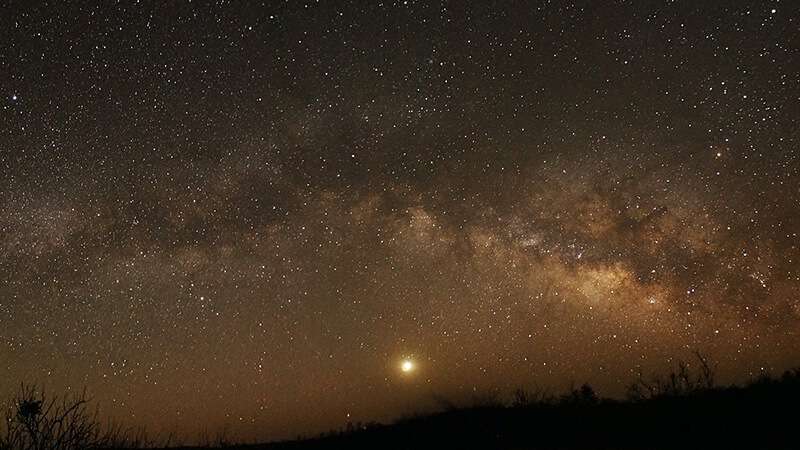
Many excellent locations across the United States offer prime conditions for night photography of the Milky Way.
Some top spots include:
- Big Bend National Park, Texas: Known for its expansive night skies, this park provides excellent opportunities to spot the Milky Way with minimal light pollution.
- Oregon Coast, Oregon: The coastline offers stunning foreground elements and dark skies for capturing the galactic center.
- Bryce Canyon National Park, Utah: Its iconic red rock formations and designated dark-sky status are an ideal setting for Milky Way photography.
Remember, planning ahead, checking the weather, and preparing for an incredible night of stargazing and photography is essential. While waiting for your camera to capture that perfect shot, take a moment to enjoy the breathtaking view of the Milky Way with your own eyes.
With these tips, you’re ready to embark on your next astrophotography expedition.
Composing the Perfect Milky Way Shot
Choosing Your Foreground

To create a captivating image of the Milky Way, choose an interesting foreground element to add depth and contrast. For example, include a tree, a mountain, or a distinctive rock formation.
Keep these tips in mind:
- Look for unique shapes and textures.
- Position your camera low to emphasize dimensions.
- Use light painting to illuminate and enhance the foreground.
Capturing the Galactic Center
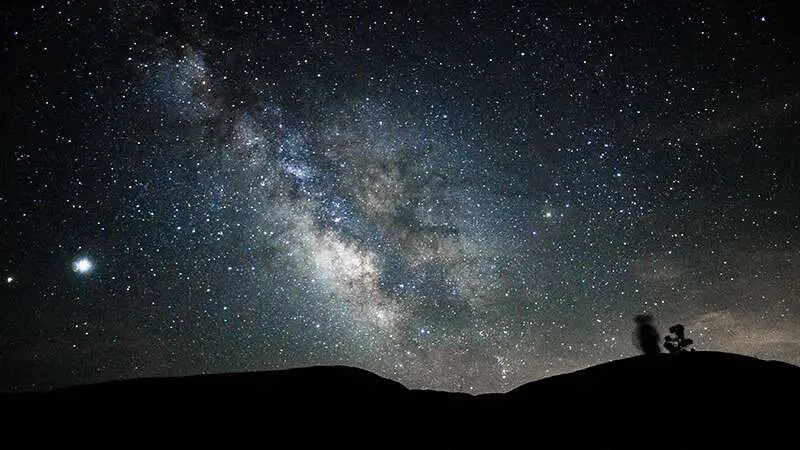
The galactic center is the most vibrant part of the Milky Way, located in the constellation Sagittarius.
Follow these steps to capture it at the right time:
- Plan your shoot during the Milky Way season.
- Wait for a moonless night with a clear sky.
- Use an app to determine the exact position of the galactic center.
Camera Settings for Astrophotography

Getting sharp and bright images of the Milky Way requires proper camera settings. Use these recommended settings as a starting point:
- Aperture: Aim for an aperture of f/2.8 or the widest available on your lens
- Shutter speed: Start at 25 seconds to avoid star trails
- ISO: Begin with ISO 6400 and adjust accordingly to control noise
- File format: Shoot in RAW to capture more detail and ease post-processing
Use a sturdy tripod to stabilize your camera and ensure sharp images.
Now that you’ve gathered the essential tips for capturing the Milky Way, it’s time to put them into practice and create your stunning astrophotography masterpiece.
Mastering the Art of Milky Way Photography

Planning Your Milky Way Shoot
To capture stunning images of the Milky Way, you need to plan your shoot carefully. Start by checking the Milky Way season, which runs from February to October. Next, consider these factors:
- Location: To minimize atmospheric distortion, find a dark spot away from city lights, ideally at a higher elevation.
- Weather: Check the weather forecast to ensure clear skies and avoid cloudy or rainy nights.
- Equipment: Bring a tripod, wide-angle lens, and a camera capable of manual settings and long exposures.
Moon Phase and Rising Time Impact
The moon phase plays a crucial role in Milky Way photography. Aim to shoot around a new moon for optimal visibility.
The Milky Way’s core will rise at different times based on the season:
- Early season (March): 3–4 AM
- Mid-season (May-July): Earlier in the evening
- Late season (October): Before midnight
Use tools like PhotoPills to calculate your location’s specific moonrise/moonset times.
Night Sky Events to Include in Your Shoot
Including celestial events like meteors, constellations, and airglow in your images can make your Milky Way photos even more spectacular.
Some possibilities to consider:
- Meteors: Plan your shoot during meteor showers for extra excitement in your pictures.
- Constellations: Research constellations visible during your shoot and compose your shot to include them.
- Airglow: A natural phenomenon caused by the Earth’s atmosphere can add a colorful glow to the night sky.
Keep practicing and experimenting with different settings, and soon you’ll be capturing breathtaking images of our galaxy.
As you continue to hone your Milky Way photography skills, dive into more advanced topics like incorporating nebulae and solar system objects into your compositions.
Beyond Photography: Stargazing and Milky Way Observations
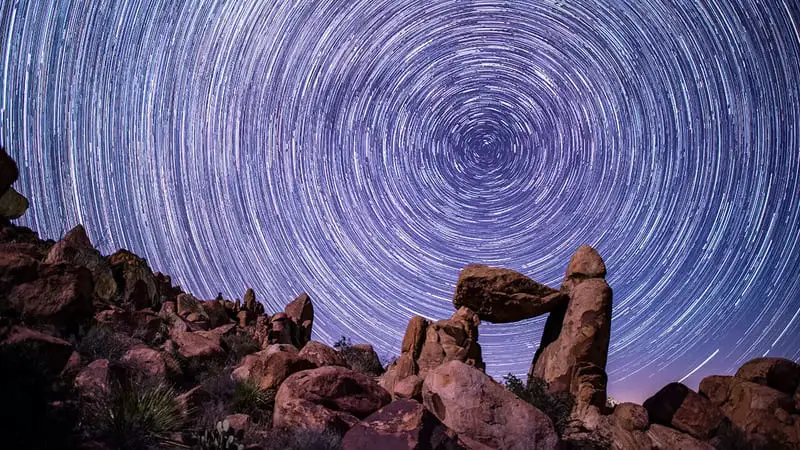
Stargazing Basics and Locations
Stargazing can be a fantastic way to connect with the night sky and appreciate the incredible universe we’re a part of. For the best stargazing experience, you need the following:
- Clear skies: Clouds and bad weather can obscure the Milky Way, so check the forecast before heading out.
- Darker skies: To escape light pollution, choose a location away from urban areas and sources of bright lights.
- Good timing: Observe during the Milky Way season from February to October, preferably between 00:00 and 5:00, and on nights with a new moon.
Some popular stargazing spots include:
- National parks with minimal light pollution
- Beaches or open fields away from city lights
- Dark Sky Preserves or designated stargazing areas
To see the galactic core of the Milky Way, look southeast during the early months of the season and southwest later in the season.
Using Telescopes for Milky Way Exploration
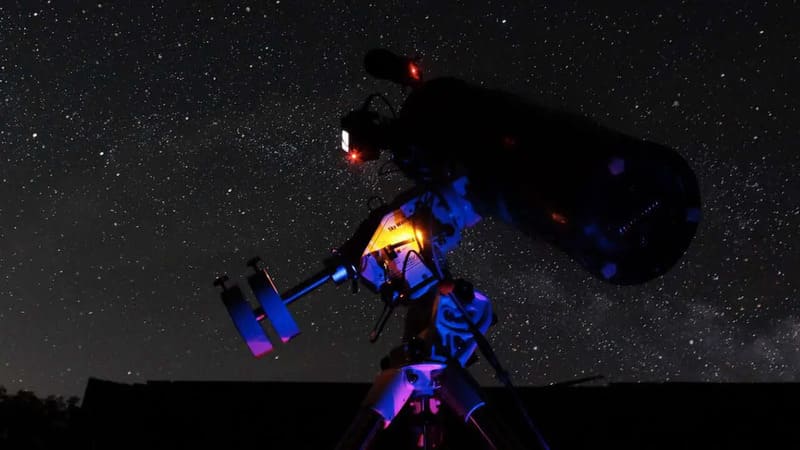
Observing the Milky Way can be enhanced using telescopes, allowing you to see celestial objects more clearly. When choosing a telescope for stargazing, consider the following:
- Portability: As you may need to travel to remote locations, opt for compact and portable telescopes.
- Budget: Determine how much you’re willing to invest in a telescope, considering that higher-priced models typically offer better image quality.
Three key objects to explore when observing the Milky Way are:
- Planets: Jupiter and Saturn can be easily seen with the naked eye, but using a telescope will reveal their moons, cloud bands, and ring systems.
- Star clusters: The Milky Way is home to various fascinating star clusters, some of which appear as hazy patches of light to the naked eye.
- Astronomical events: Keep an eye out for events like the Perseid meteor shower, which occurs annually in August and offers a spectacular sight with or without a telescope.
Remember, even a simple pair of binoculars can enhance your stargazing experience. So grab your gear, venture to the perfect stargazing spot, and embark on an awe-inspiring journey through the cosmos!
Frequently Asked Questions
What time of year is best for Milky Way photography?
The ideal time for capturing the Milky Way on camera would be during its season, typically from February to October. Aim for nights with a new moon, and try to shoot between midnight and 5 AM. Remember, clear skies and low light pollution are your best friends during this magical time.
When can I see the Milky Way?
You can see the stunning Milky Way from February to October. Although the best viewing hours are roughly midnight to 5 AM, this may vary depending on your location, hemisphere, and moon phase. So, be prepared to stay up late or wake up early to catch this cosmic beauty.
Which national parks are best for seeing the Milky Way?
Some national parks offer the perfect conditions for stargazing and admiring the Milky Way. A few noteworthy mentions include Big Bend National Park, Joshua Tree National Park, Bryce Canyon National Park, and Great Basin National Park. These parks combine low light pollution, clear skies, and breathtaking scenery, setting the stage for a memorable Milky Way experience.
What is the milky way core season?
Milky Way core season is when the galaxy’s densest and most visually appealing part is visible. This typically occurs between February and October. During this period, you’ll have the best chance to see the stunning galactic core, making it a fantastic time for stargazing and astrophotography.
How can I calculate the Milky Way’s position?
Calculating the Milky Way’s position might sound tricky, but there are apps and tools to help you out. Apps like PhotoPills, Stellarium, and Sky Guide provide real-time updates on the Milky Way’s position, celestial events, and best viewing times. Just grab your smartphone, download one of these handy apps, and let it guide you to the perfect Milky Way viewing spot.
Summary: Milky Way Season Timing
Thank you for reading my article “When is Milky Way Season?”
The Milky Way season generally lasts from February to October, with the best viewing times between midnight and 5:00 AM on nights with a new moon. However, this can vary depending on factors like the hemisphere and latitude. The prime time for seeing the galactic center in the Southern hemisphere is June and July.
During the early parts of the season, such as in March, the Milky Way rises around 3–4 AM, and its core becomes more visible with each passing month. By mid-July, the center will reach its highest point in the southern sky around midnight. But don’t worry. You’ll still have great views before and after midnight too.
To make the most of your stargazing experience, follow these simple tips:
- Look for clear skies at a good spot on a light pollution map.
- Use smartphone apps to track the Milky Way’s movement and find the best location.
- Bring a blanket and snacks to make it a fun night under the stars.
So go ahead and enjoy the beauty of our galaxy during this Milky Way season. You can share this feeling of awe and wonder with friends, making stargazing a night to remember. With the right timing, location, and company, you’re in for a treat as you gaze at the vastness of the cosmos above.
Happy Stargazing!
Read my other articles in my Milky Way series:
- Can You See the Milky Way with a Half Moon?
- How Many Solar Systems in the Milky Way?
- Why Does the Milky Way Look Cloudy?
- Are all the stars we see in the Milky Way?
- Does the Milky Way orbit anything?
- Are the constellations in the Milky Way?
- How are Milky Way pictures taken?
- Can you see the Milky Way with a full moon?
- Can you see the Milky Way on a cruise?
- Can I See the Milky Way with My Eyes?




